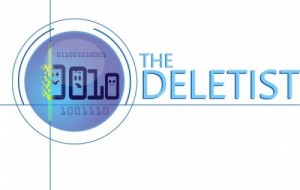About a year ago, Google ran a contest on Twitter to select some people to try out Google Glass, a new product. Glass is essentially a pair of eyeglass frames with a small screen and computer built in. The screen sits just above the right eye. Click here to learn more about it.
Basically Glass aims to make taking pictures, capturing video, messaging people and surfing the web a seamless experience by eliminating the need to hold a device. For example, the Glass wearer can take a picture of something while s/he is participating because Glass makes it a hands-free activity. Simply speak a command beginning with O.K. Glass and then the action is performed.
On the one hand, this sounds like an amazing feat. I would certainly appreciate something like this when I’m hiking or when I want to photograph something but can’t because my hands are busy. However, some people don’t like Glass because they feel like their privacy could be violated. If a Glass wearer can take pictures or record video without anybody noticing, then it can make other people nervous.
I recently read an article about a woman asked to remove her Glass in a restaurant due to privacy concerns and refused. She was labeled a “glasshole“. Once I heard this, I started thinking about places I might feel uncomfortable if somebody was wearing Glass. For example, my gym’s locker room forbids the use of smartphones because of their photographic capabilities. Most people ignore it, but I’ve heard it enforced by members.
A Glass wearer can also have hangout sessions, a Google application that lets people have video conversations. During a hangout, the other person can see everything the Glass wearer can see. What if a Glass wearer has a conversation with somebody in person while doing a hangout session with somebody else? The person on hangout would be privy to the entire conversation. Talk about being a fly on the wall.
As more people start wearing Glass perhaps we will grow accustomed to seeing it and Glass wearers will not be thought of as glassholes. It could be similar to other technologies that seemed strange at first, like when people first started using cell phones in public places. Over time we’ve grown tolerant of people using their phones anytime anywhere. Perhaps Glass will follow the trend.




